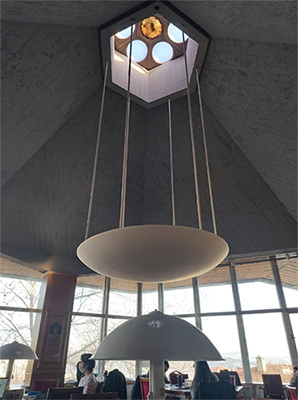İzzet Umut Çelik
Books and libraries are key vessels in which we can trace the long and rich history of Istanbul. Both Byzantine and Ottoman Istanbul had strong cultural and architectural heritage traditions centred on libraries and books. During the Byzantine era, large libraries were established by religious officials collecting and copying books, often in monasteries.
In Ottoman Istanbul the first independent library structure was built in Fatih in 1667 during the reign of Köprülü Fazıl Ahmet Pasha. This library was the first public library of the Ottoman Empire, today it serves as the Istanbul Köprülü Manuscripts Library.
The establishment of Atatürk Library dates back to the first years of Turkish Republic. According to some sources, in 1924 a library named “Şehremaneti Kütüphanesi,” was established which later became the Atatürk Library. The first known building where the library was in service is the Atatürk Museum building in Şişli.
In 1931, the collection was moved to Beyazıt Madrasa, and the library was opened as a part of the Revolution Museum on October 31,st 1933 to celebrate the 10th anniversary of the Republic. It was then reorganized as the “City and Revolution Documents Museum and Library” on July 10, 1939 and presented to the public by the governor of the time, Lütfi Kırdar.
The history of the Atatürk Library in its current building dates back to the 50th year of the Republic. The current building in Taksim was originally founded by the Koç Foundation in 1973 as part of the 50th anniversary of the Republic. It was then transferred to the municipality on November 2nd 1976, during the mayoral term of Ahmet İsvan, and started to serve as a library on March 3rd, 1981.
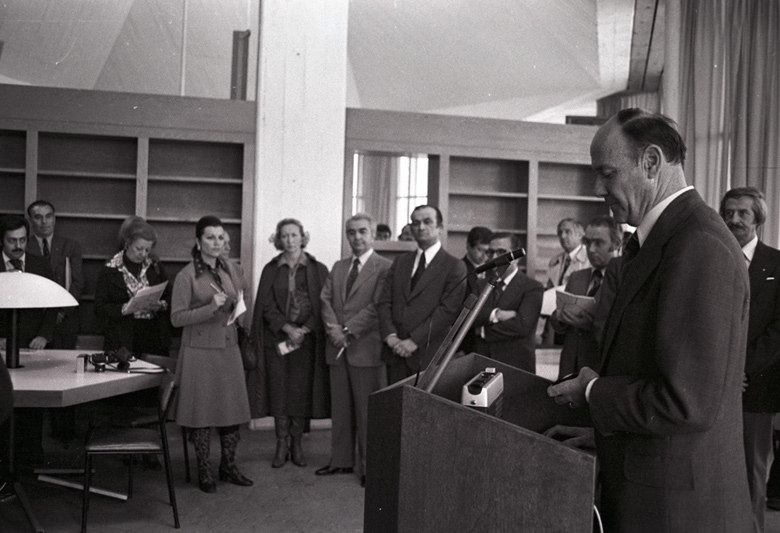
The current building was designed by Sedad Hakkı Eldem and Hamdi Şensoy, key architects in the Republic Period. Sedad Hakkı Eldem made his mark on the modern architecture of the Republic period through both his studies on architectural history and theory as well as his architectural projects, such as the Istanbul Courthouse Building, Taksim Atatürk Library, and the Social Security Institution building. He started teaching at the Academy of Fine Arts in 1932 and continued his teaching career until his retirement in 1978.

The Atatürk Library is a significant example of architect Sedad Hakkı’s work. Hakki first designed the hexagonal forms seen in the library in sketches for the Hilton Hotel’s Turkish Restaurant (1954-62). These hexagonal forms are also present in his design for the Ankara Atatürk Cultural Center Project (1981), which was conceptualized but not implemented. The Atatürk Library is the only building in which these signature designs have been built and realized.
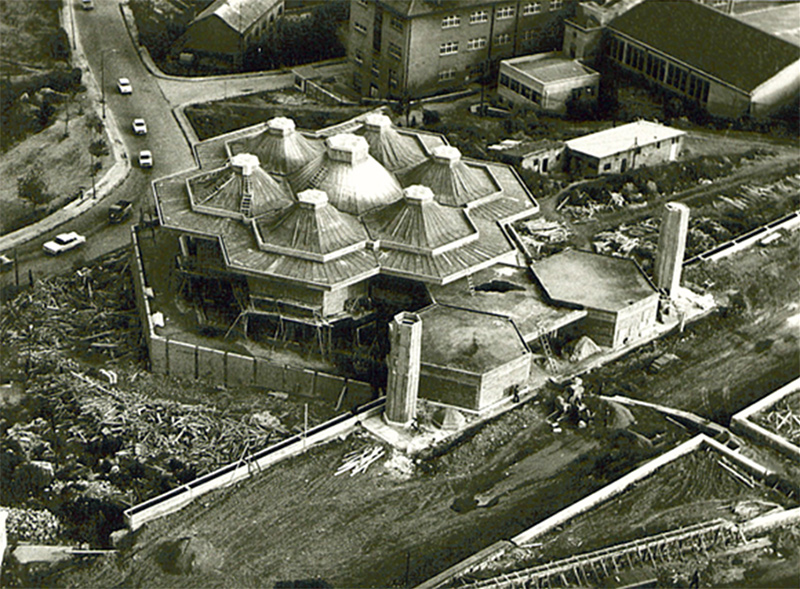
This building is a significant example of architecture during the Republic. The Library, designed by Sedad Hakkı Eldem and Hamdi Şensoy, is built on the gently inclining slope in front of the Sheraton Hotel and was the first part of the Koç Foundation's cultural centre project, consisting of a library, museum, and exhibition halls. Although initially only the exhibition halls and library sections of the building were built. The centre has a centrally planned composition consisting of reinforced concrete hexagonal structures over three floors.
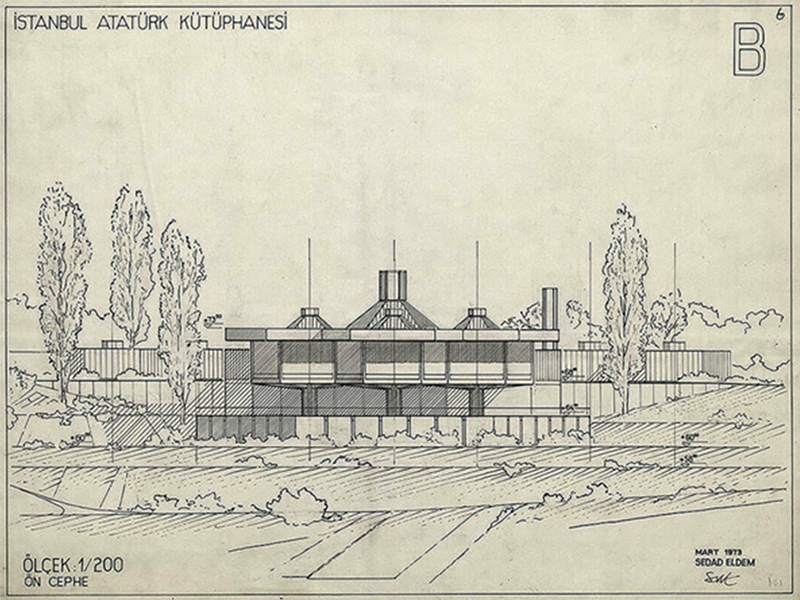
Atatürk Library is three floors and is made of a reinforced concrete skeleton. Its layout is a central composition, common in Turkish architecture. Eldem's design is also significant due to its contributions to the ways the relationship between space and light are used in buildings.
The central space, inner hall and middle hall reference classical architectural forms seen in large residences and public buildings. Thus, the centre can be seen as Eldem’s reinterpretation of these traditional forms.
The main entrance is on the ground floor with the other two floors below in the basement. The main reading room is located on the ground floor and the conference and exhibition halls are on the right and left of the entrance. The administration and book conservation units are on the floors beneath them.
The building has wide eaves whose bottoms are covered with wood. Hexagonal honeycombs create a cantilever effect on the facades. The roof consists of six lead-coated domes in a hexagonal form. The building is naturally illuminated by fiberglass caps of hexagonal lanterns above each hexagonal module.
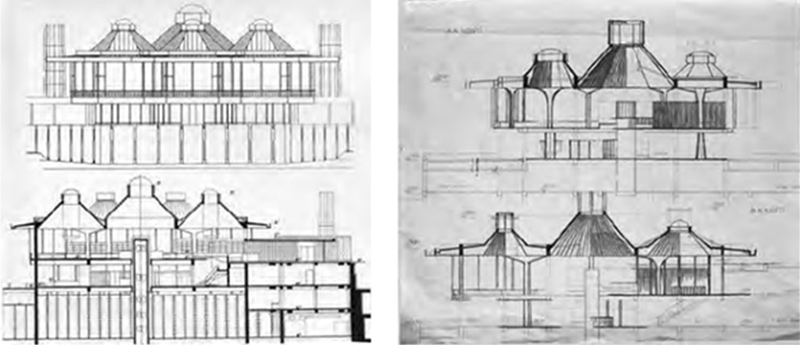
In the Building’s interior it is possible to see the design integrity infused into the building’s details. For example, the half dome lighting lanterns on the roof are mirrored in the lamps on the reader's desks.
The building is an important example of Turkish contemporary architectural design.
The library is one of the structures that make up the architectural memory of Istanbul, not just because of its design but also because of its function. Since its establishment the Atatürk Library has contributed to and reflected the intellectual and cultural climate of the city. The library both conveys the experience and memory of the past whilst continuing to serve Istanbul residents with new breath and energy.
